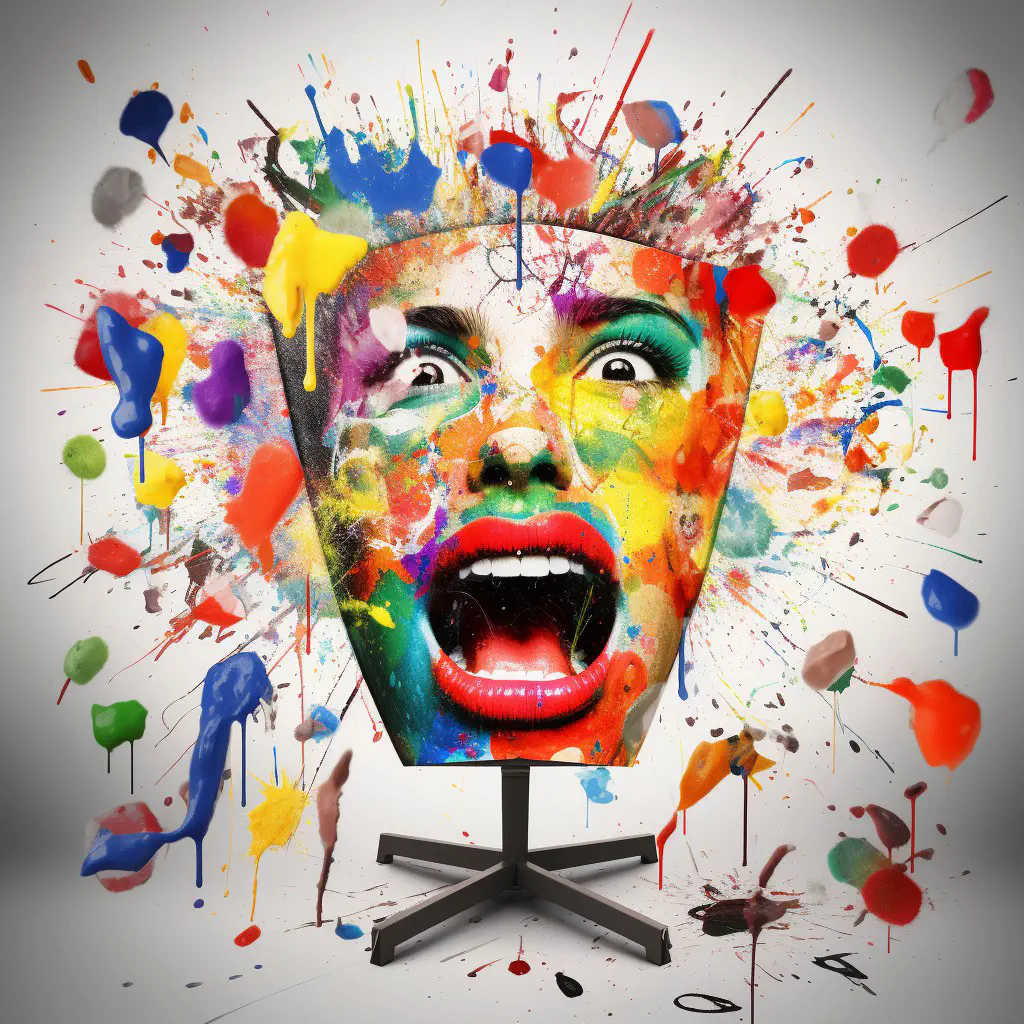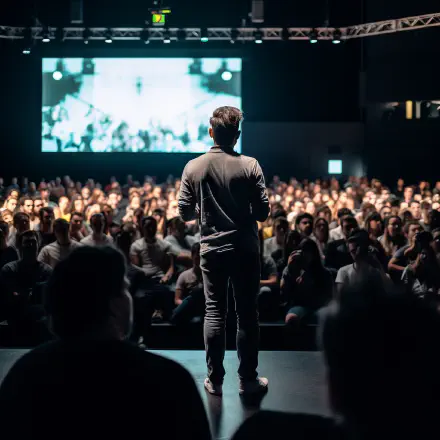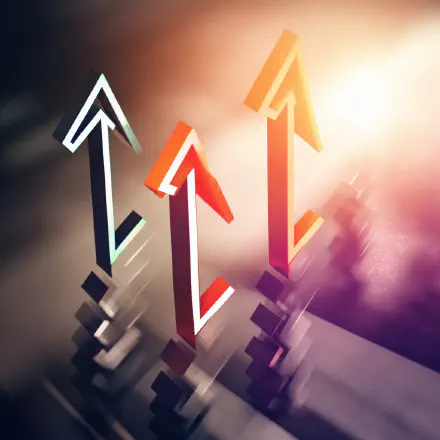
Introduction
Artistic expression is a universal language that has the power to evoke emotions and connect people from all walks of life. Through art, we can express our deepest feelings, thoughts, and experiences. However, the creative process can be complex, and emotions play a crucial role in shaping an artist’s perspective. This discussion delves into the power of emotions in the artistic thinking process, exploring how they can fuel creativity and influence artistic output.
As renowned artist Marc Chagall once said, “Art must be an expression of love or it is nothing.” Emotions are at the heart of this expression, and understanding their role in the creative process is essential to unlocking the full potential of artistic talent. From the depths of despair to the heights of ecstasy, emotions can have a transformative effect on artistic output and bring new dimensions to the creative process.
So, in this discussion, we seek to uncover how emotions shape the artistic thinking process and examine their impact on creative output. We will explore the ways in which artists can harness the power of emotions to unlock their creativity and drive innovation. By the end, you’ll have a better understanding of how emotions can fuel artistic inspiration and the importance of awareness and control of emotions in the artistic process.
Emotions and Creativity
In the context of the artistic thinking process, emotions are highly influential in shaping creative output. Emotions can be defined as complex reactions to specific stimuli that can have both positive and negative effects on artistic output. They can inspire or inhibit creativity and can manifest in many ways, from subtle nuances to profound, transformative experiences.
The impact of emotions on creative output is significant as it shapes the overall tone of the work. Anguish, for instance, can bring depth and sincerity to a piece, while joy can infuse it with positivity. The link between emotions and creativity is so strong that it is often difficult to separate them; emotional expression can drive the creative process, and the output of that process, in turn, can express emotions in a powerful and meaningful way.
Examples of emotionally-driven artwork are abundant. Some of the most famous works of art in history were inspired by the artist’s emotions. For example, Vincent van Gogh’s Starry Night was painted during a turbulent time in the artist’s life, and his sense of restlessness and longing is evident in the painting’s swirling brushstrokes and intense colors. Similarly, Frida Kahlo’s self-portraits were a reflection of her pain and suffering, and these images have since become iconic representations of the emotional depth and complexity of her work.
In some cases, however, emotions can inhibit creative output. The fear of failure, for example, can stifle creativity and limit artistic expression. The challenge for artists is to navigate these emotional challenges and find ways to channel their emotions into their work in a way that is productive and meaningful.
In the next section, we will explore some of the techniques artists can use to control and channel their emotions when creating art.
Controlling Emotions in Artistic Output
The ability to harness the power of emotions and channel that energy into creative expression is a hallmark of masterful artistic output. However, managing emotional expression can be a significant challenge for artists.
Challenges in controlling emotional expression
Emotions are often unpredictable and can surface at inopportune moments, threatening to derail the creative process. Whether it’s frustration with a technical aspect of a piece or a personal crisis, emotions can be distracting and overwhelming.
Techniques for channeling emotional energy into artistic expression
Despite the difficulties of managing emotions, there are several techniques that artists can utilize to channel that energy into their work. Some techniques may involve physical activity, such as hitting a punching bag or going for a run, while others may require more introspection, such as meditation or journaling.
Another useful technique for managing emotional energy is to set time limits. By giving yourself a finite amount of time to express your emotions, you can create a sense of urgency that can help you focus and stay on task.
Case studies of artists managing their emotions in creative output
Some of the most iconic works of art have been created under conditions of intense emotional turmoil. Frida Kahlo’s self-portraits, for example, reflect the physical and emotional pain she experienced throughout her life. Vincent van Gogh’s Starry Night, which he painted while in a mental hospital, is another example of how emotional energy can be transformed into art.
In both cases, these artists were able to channel their emotions and use them to create works of art that spoke to people on a deep, emotional level.
In conclusion, while managing emotional energy can be challenging, it is also an essential aspect of the artistic process. By utilizing techniques to channel that energy, artists can create powerful, emotionally resonant works that speak to audiences in profound ways.
Utilizing Emotions to Fuel Artistic Inspiration
The relationship between emotions and artistic inspiration is well-established. Artists from all disciplines have drawn upon their own emotional experiences to create powerful and moving works of art. In this section, we will explore various techniques for utilizing emotions to fuel artistic inspiration.
Examining the Intersection of Emotions and Inspiration
When we experience strong emotions, it can be difficult to translate those feelings into concrete ideas for artistic expression. However, with practice and intentionality, it is possible to harness the power of emotions to drive creative inspiration. Here are a few methods to consider:
-
Free writing or drawing: Spend a few minutes each day writing or drawing without any specific goal or plan. This can be a great way to tap into your subconscious and explore your emotions in a creative way.
-
Meditation or mindfulness practices: By focusing on the present moment and your bodily sensations, you can develop a greater awareness of your emotional experiences. This can help you to better understand your emotional reactions and translate them into creative expression.
-
Collaboration and feedback: Seek out feedback from colleagues or mentors who can help you to hone your emotional expression and develop your artistic style. Collaborating with other artists can also bring fresh perspectives and ideas to your work.
Methods for Utilizing Emotional Experiences as a Starting Point for Creative Endeavors
Whether you are a writer, musician, visual artist, or performer, there are many ways to use your emotional experiences as a springboard for creative inspiration. Here are a few examples:
-
Write from personal experience: Use your own emotional experiences as the foundation for characters, storylines, or themes in your work. This can help to infuse your work with authentic emotions and create a more powerful impact on your audience.
-
Create visual or musical art to represent emotions: Use colors, textures, or sounds to express different emotions. For example, you might use warm colors like orange and red to represent anger, or use dissonant chords to convey a sense of unease.
-
Incorporate movement or dance: Movement and dance can be powerful tools for expressing emotions, particularly when words fail. Consider creating a dance piece or incorporating movement into your performances to convey a particular emotional state.
The Risk of Over-Reliance on Emotion for Artistic Inspiration
While emotions can be a powerful tool for artistic inspiration, it is important not to rely too heavily on them. Depending solely on your emotional state for creative inspiration can result in work that lacks direction or depth. Here are a few potential pitfalls to be aware of:
-
Focusing too much on personal experiences: While drawing from personal experiences can be a great way to create authentic work, it is important to be mindful of how much of your personal life you incorporate into your art. Sharing too much can make you vulnerable to criticism and may inhibit your creativity.
-
Over-idealization of negative emotions: While negative emotions like sadness, anger, and fear can be powerful sources of inspiration, it is important not to glorify or fetishize these states. Doing so can lead to work that is one-dimensional, bleak, or insensitive.
-
Forgetting the importance of craft and structure: While emotions can inspire great work, it is important not to overlook the role of craft and structure in creating a successful piece of art. Without careful attention to form, technique, and style, even the most emotionally-charged work may fall flat.
By cultivating a balance between emotional expression and artistic technique, you can create work that is both authentic and impactful.
Conclusion
In conclusion, the relationship between emotions and artistic inspiration is a complex and multifaceted one. While emotions can be a powerful source of inspiration for artists, it is important to be mindful of the potential pitfalls of relying too heavily on personal experience. By cultivating awareness, intentionality, and balance in our creative endeavors, we can tap into the power of our emotional experiences to create work that is both meaningful and impactful.
Conclusion
In conclusion, it is clear that emotions have a significant impact on the artistic thinking process and can greatly influence creative output. By embracing and acknowledging our emotions, artists can tap into a wellspring of inspiration that can fuel truly innovative work. However, it is also important to exercise control over our emotions and not let them overwhelm our artistic expression.
To that end, we have explored various techniques and case studies for managing emotions in the artistic process, from channeling emotional energy into creative expression to using emotional experiences as a starting point for new work. By cultivating a deeper understanding of our emotional selves and how they interact with our creative output, we can unlock new levels of creativity and depth in our artistic endeavors.
Overall, the potential of emotions to drive artistic innovation is undeniable. By staying aware and in control of our emotions, we can tap into a powerful source of inspiration and create truly transformative works of art. As artists, we must continue to explore the role of emotions in our work and seek out new ways to harness their power for our creative expression.

